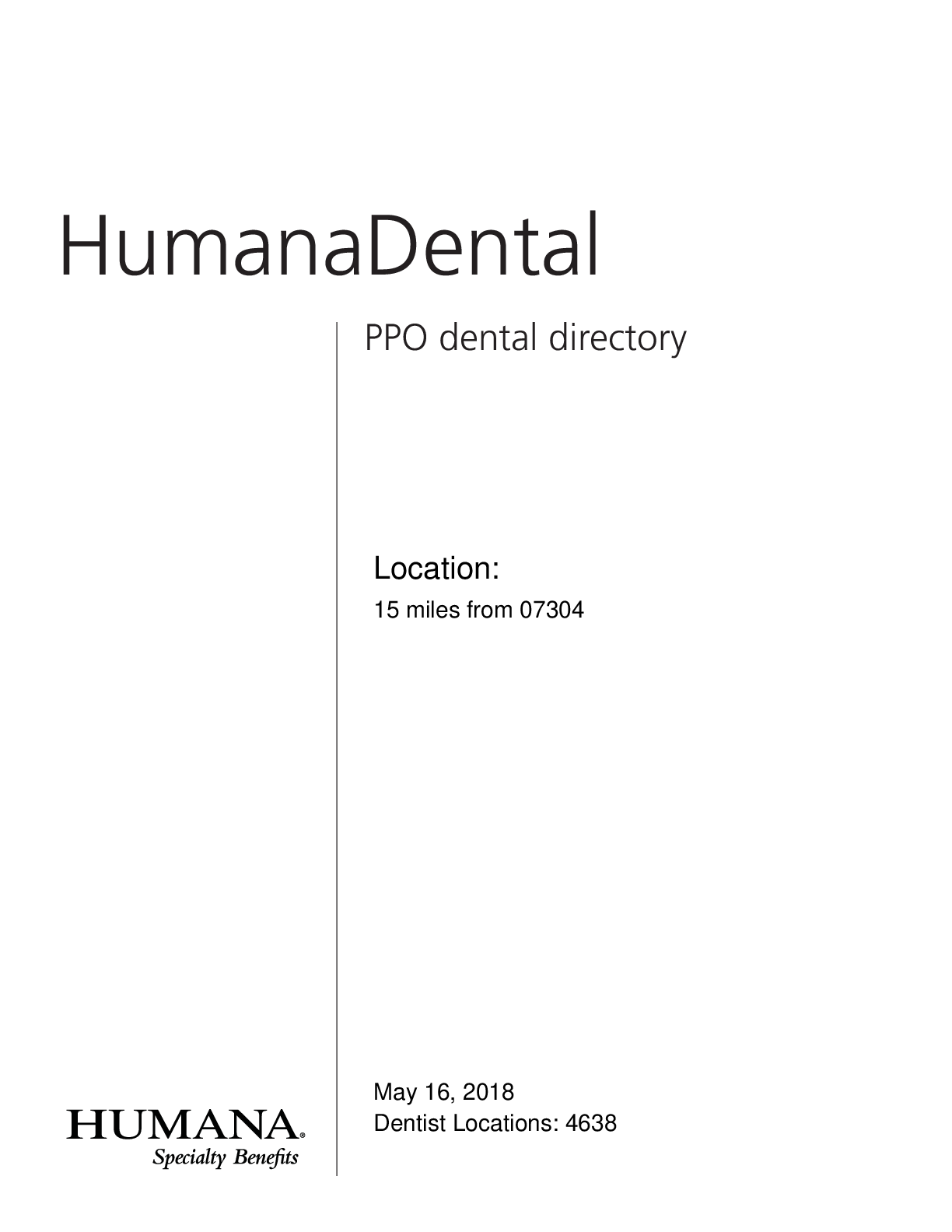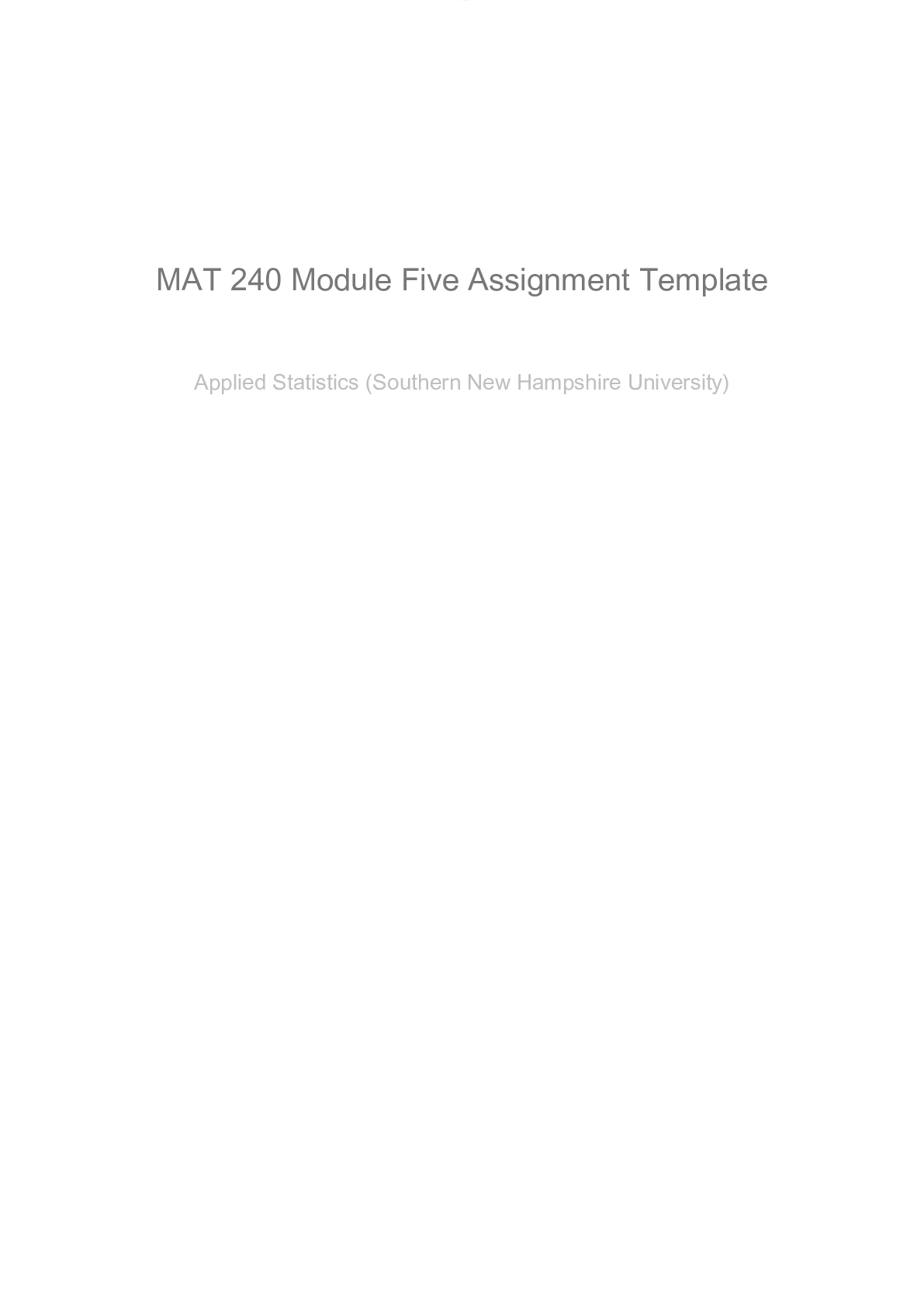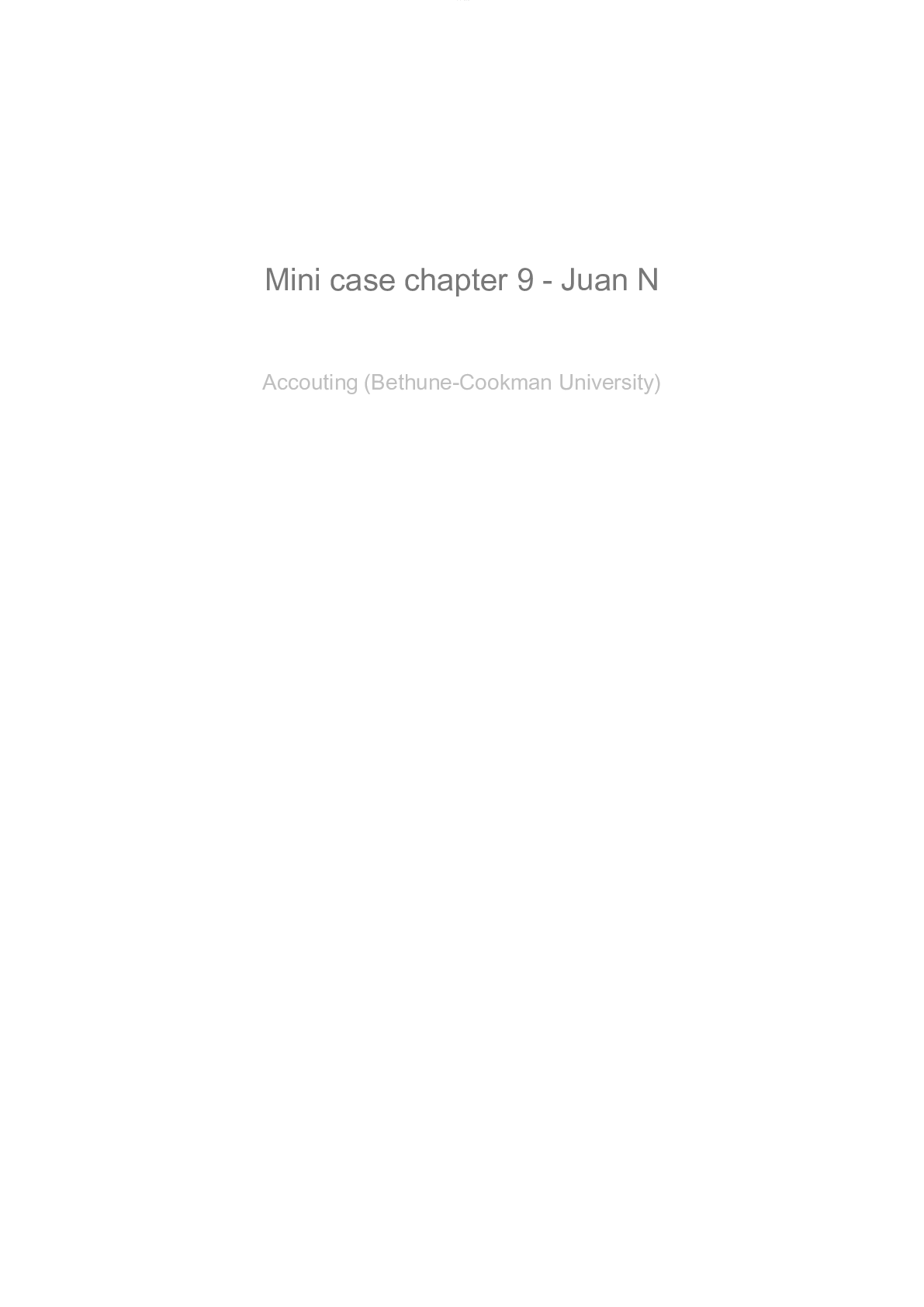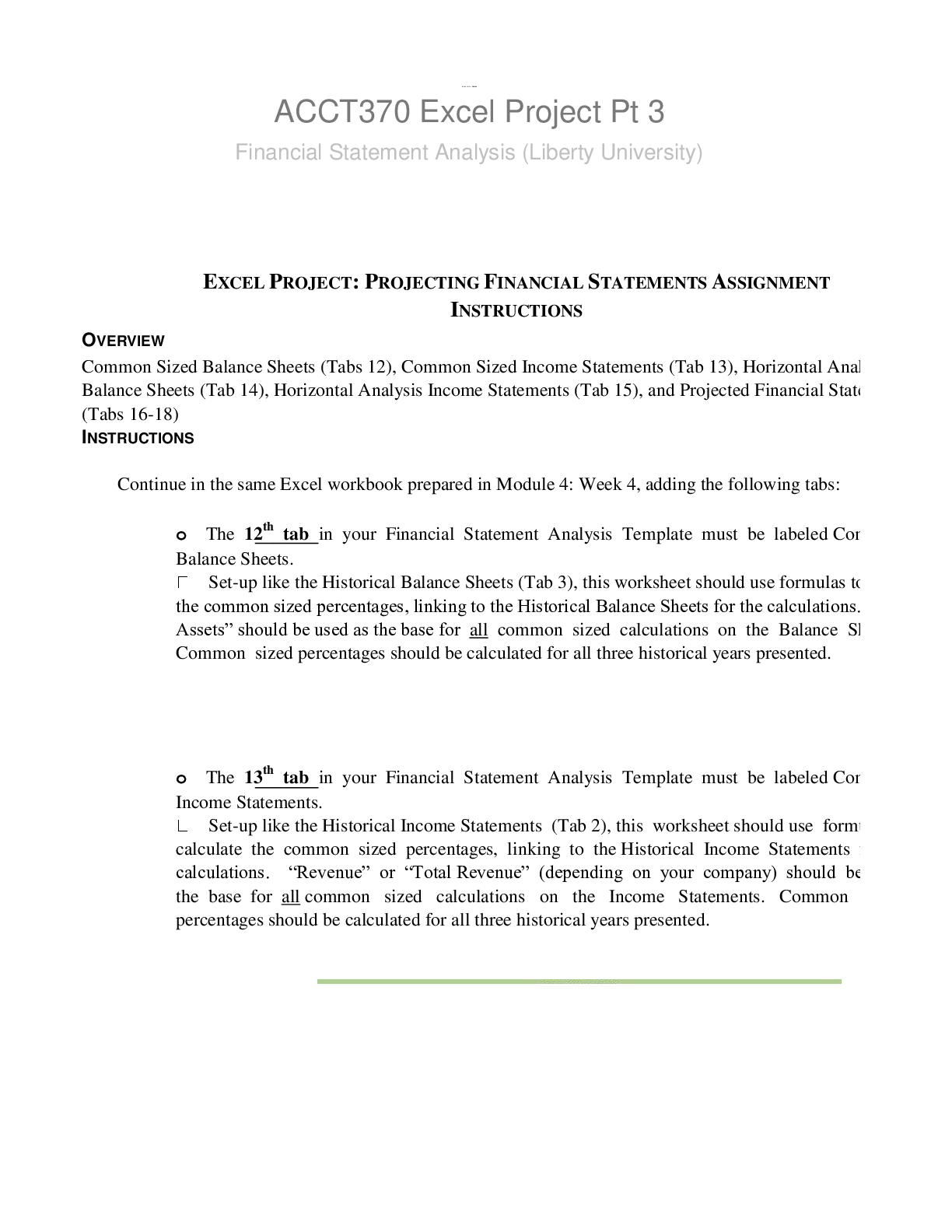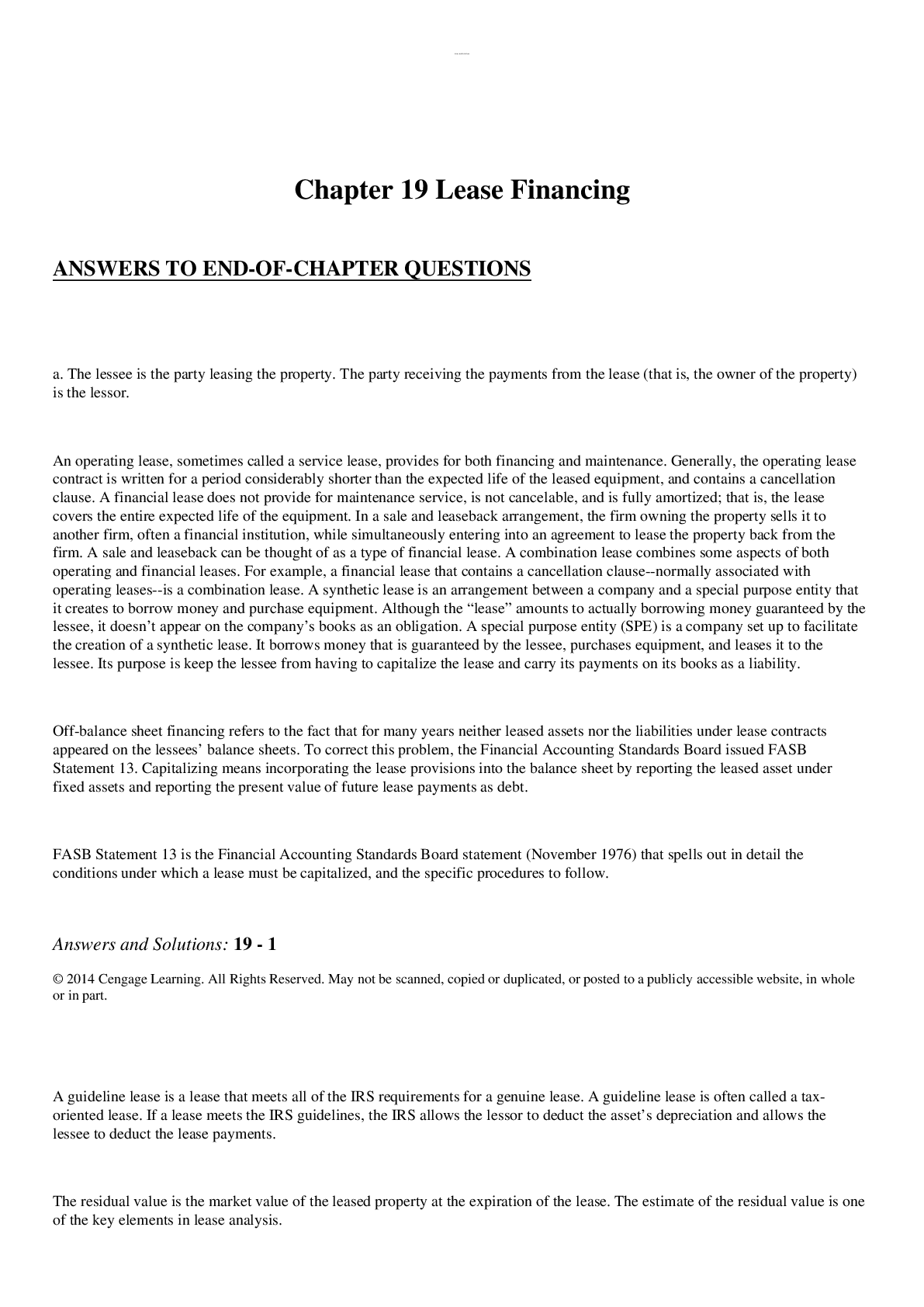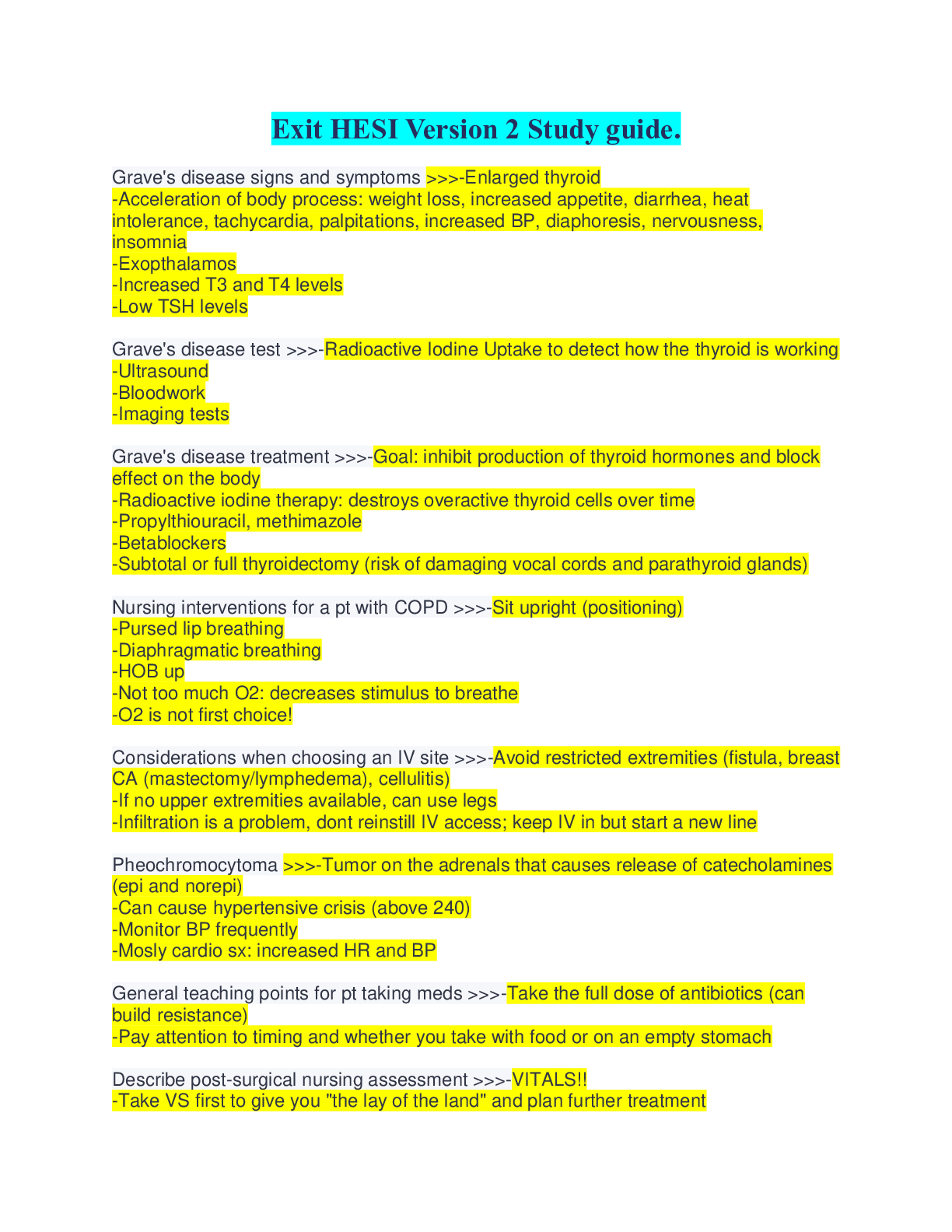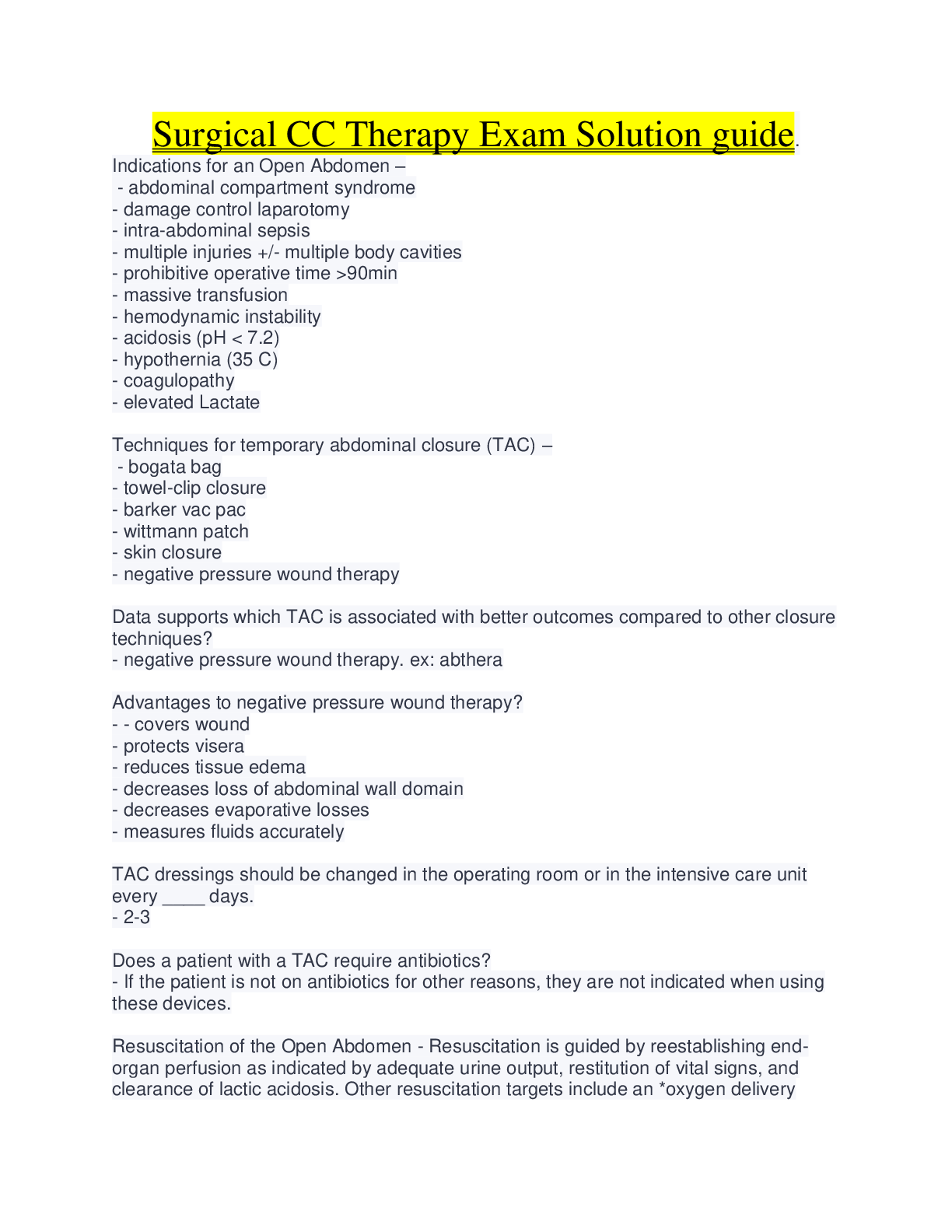*NURSING > Solutions Guide > Chapter 3 The Interview Jarvis Physical Examination & Health Assessment, 7th Edition (All)
Chapter 3 The Interview Jarvis Physical Examination & Health Assessment, 7th Edition
Document Content and Description Below
MULTIPLE CHOICE 1. The nurse is conducting an interview with a woman who has recently learned that she is pregnant and who has come to the clinic today to begin prenatal care. The woman states that ... she and her husband are excited about the pregnancy but have a few questions. She looks nervously at her hands during the interview and sighs loudly. Considering the concept of communication, which statement does the nurse know to be most accurate? The woman is: a. Excited about her pregnancy but nervous about the labor. b. Exhibiting verbal and nonverbal behaviors that do not match. c. Excited about her pregnancy, but her husband is not and this is upsetting to her. d. Not excited about her pregnancy but believes the nurse will negatively respond to her if she states this. ANS: B Communication is all behaviors, conscious and unconscious, verbal and nonverbal. All behaviors have meaning. Her behavior does not imply that she is nervous about labor, upset by her husband, or worried about the nurse’s response. DIF: Cognitive Level: Analyzing (Analysis) REF: p. 28 MSC: Client Needs: Psychosocial Integrity 2. Receiving is a part of the communication process. Which receiver is most likely to misinterpret a message sent by a health care professional? a. Well-adjusted adolescent who came in for a sports physical b. Recovering alcoholic who came in for a basic physical examination c. Man whose wife has just been diagnosed with lung cancer d. Man with a hearing impairment who uses sign language to communicate and who has an interpreter with him ANS: C The receiver attaches meaning determined by his or her experiences, culture, self-concept, and current physical and emotional states. The man whose wife has just been diagnosed with lung cancer may be experiencing emotions that affect his receiving. DIF: Cognitive Level: Analyzing (Analysis) REF: p. 28 MSC: Client Needs: Psychosocial Integrity 3. The nurse makes which adjustment in the physical environment to promote the success of an interview? a. Reduces noise by turning off televisions and radios b. Reduces the distance between the interviewer and the patient to 2 feet or less c. Provides a dim light that makes the room cozy and helps the patient relax d. Arranges seating across a desk or table to allow the patient some personal space ANS: A The nurse should reduce noise by turning off the television, radio, and other unnecessary equipment, because multiple stimuli are confusing. The interviewer and patient should be approximately 4 to 5 feet apart; the room should be well-lit, enabling the interviewer and patient to see each other clearly. Having a table or desk in between the two people creates the idea of a barrier; equal-status seating, at eye level, is better. DIF: Cognitive Level: Applying (Application) REF: p. 29 MSC: Client Needs: Psychosocial Integrity 4. In an interview, the nurse may find it necessary to take notes to aid his or her memory later. Which statement is true regarding note-taking? a. Note-taking may impede the nurse’s observation of the patient’s nonverbal behaviors. b. Note-taking allows the patient to continue at his or her own pace as the nurse records what is said. c. Note-taking allows the nurse to shift attention away from the patient, resulting in an increased comfort level. d. Note-taking allows the nurse to break eye contact with the patient, which may increase his or her level of comfort. ANS: A The use of history forms and note-taking may be unavoidable. However, the nurse must be aware that note-taking during the interview has disadvantages. It breaks eye contact too often and shifts the attention away from the patient, which diminishes his or her sense of importance. Note-taking may also interrupt the patient’s narrative flow, and it impedes the observation of the patient’s nonverbal behavior. DIF: Cognitive Level: Understanding (Comprehension) REF: p. 30 MSC: Client Needs: Psychosocial Integrity 5. The nurse asks, “I would like to ask you some questions about your health and your usual daily activities so that we can better plan your stay here.” This question is found at the __________ phase of the interview process. a. Summary b. Closing c. Body d. Opening or introduction ANS: D When gathering a complete history, the nurse should give the reason for the interview during the opening or introduction phase of the interview, not during or at the end of the interview. DIF: Cognitive Level: Understanding (Comprehension) REF: p. 31 MSC: Client Needs: Psychosocial Integrity 6. A woman has just entered the emergency department after being battered by her husband. The nurse needs to get some information from her to begin treatment. What is the best choice for an opening phase of the interview with this patient? a. “Hello, Nancy, my name is Mrs. C.” b. “Hello, Mrs. H., my name is Mrs. C. It sure is cold today!” c. “Mrs. H., my name is Mrs. C. How are you?” d. “Mrs. H., my name is Mrs. C. I’ll need to ask you a few questions about what happened.” ANS: D Address the person by using his or her surname. The nurse should introduce him or herself and give the reason for the interview. Friendly small talk is not needed to build rapport. DIF: Cognitive Level: Applying (Application) REF: p. 31 MSC: Client Needs: Psychosocial Integrity 7. During an interview, the nurse states, “You mentioned having shortness of breath. Tell me more about that.” Which verbal skill is used with this statement? a. Reflection b. Facilitation c. Direct question d. Open-ended question ANS: D The open-ended question asks for narrative information. It states the topic to be discussed but only in general terms. The nurse should use it to begin the interview, to introduce a new section of questions, and whenever the person introduces a new topic. DIF: Cognitive Level: Understanding (Comprehension) REF: p. 31 MSC: Client Needs: Psychosocial Integrity 8. A patient has finished giving the nurse information about the reason he is seeking care. When reviewing the data, the nurse finds that some information about past hospitalizations is missing. At this point, which statement by the nurse would be most appropriate to gather these data? a. “Mr. Y., at your age, surely you have been hospitalized before!” b. “Mr. Y., I just need permission to get your medical records from County Medical.” c. “Mr. Y., you mentioned that you have been hospitalized on several occasions. Would you tell me more about that?” d. “Mr. Y., I just need to get some additional information about your past hospitalizations. When was the last time you were admitted for chest pain?” [Show More]
Last updated: 1 year ago
Preview 1 out of 13 pages
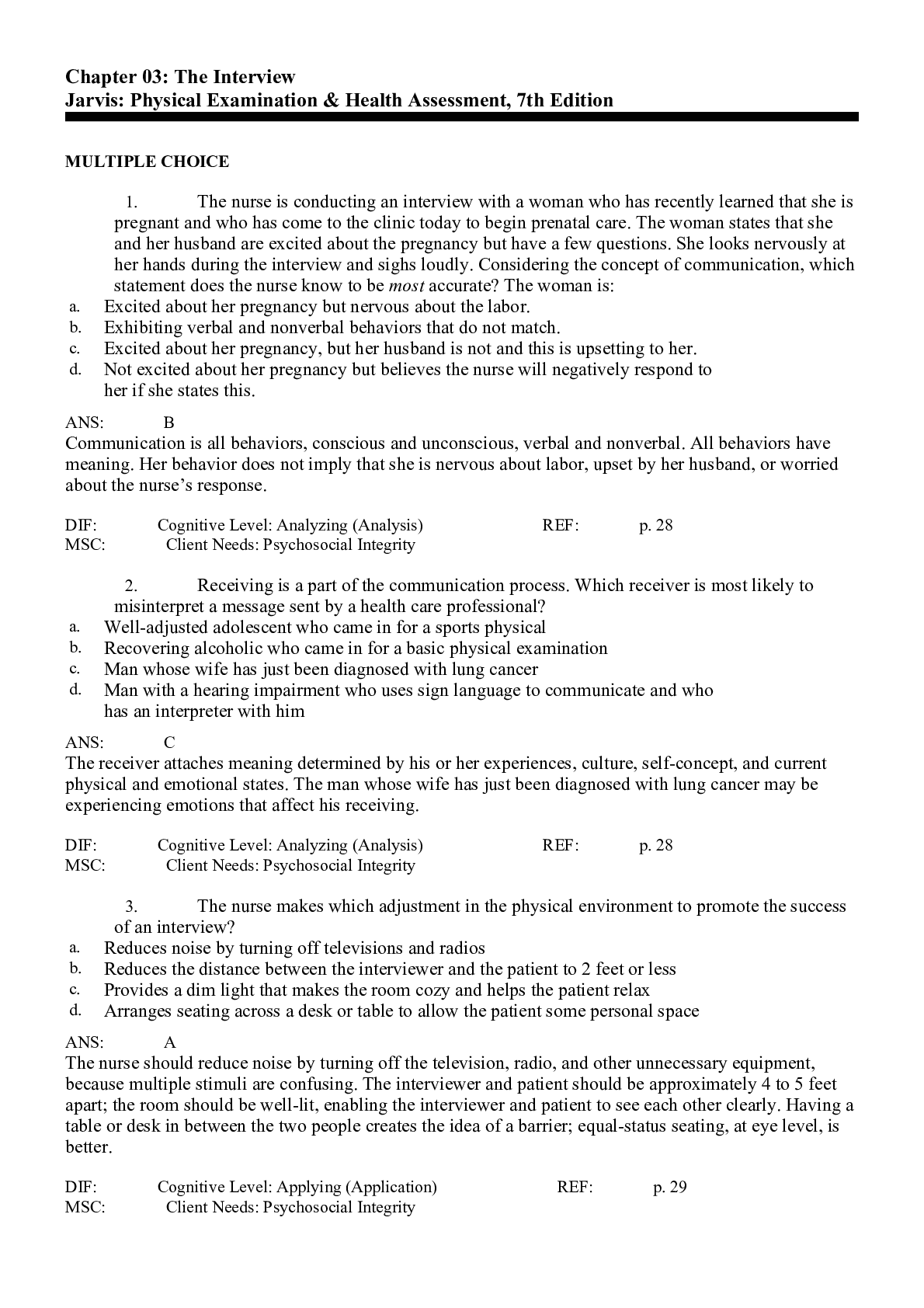
Reviews( 0 )
Document information
Connected school, study & course
About the document
Uploaded On
Mar 23, 2021
Number of pages
13
Written in
Additional information
This document has been written for:
Uploaded
Mar 23, 2021
Downloads
0
Views
42

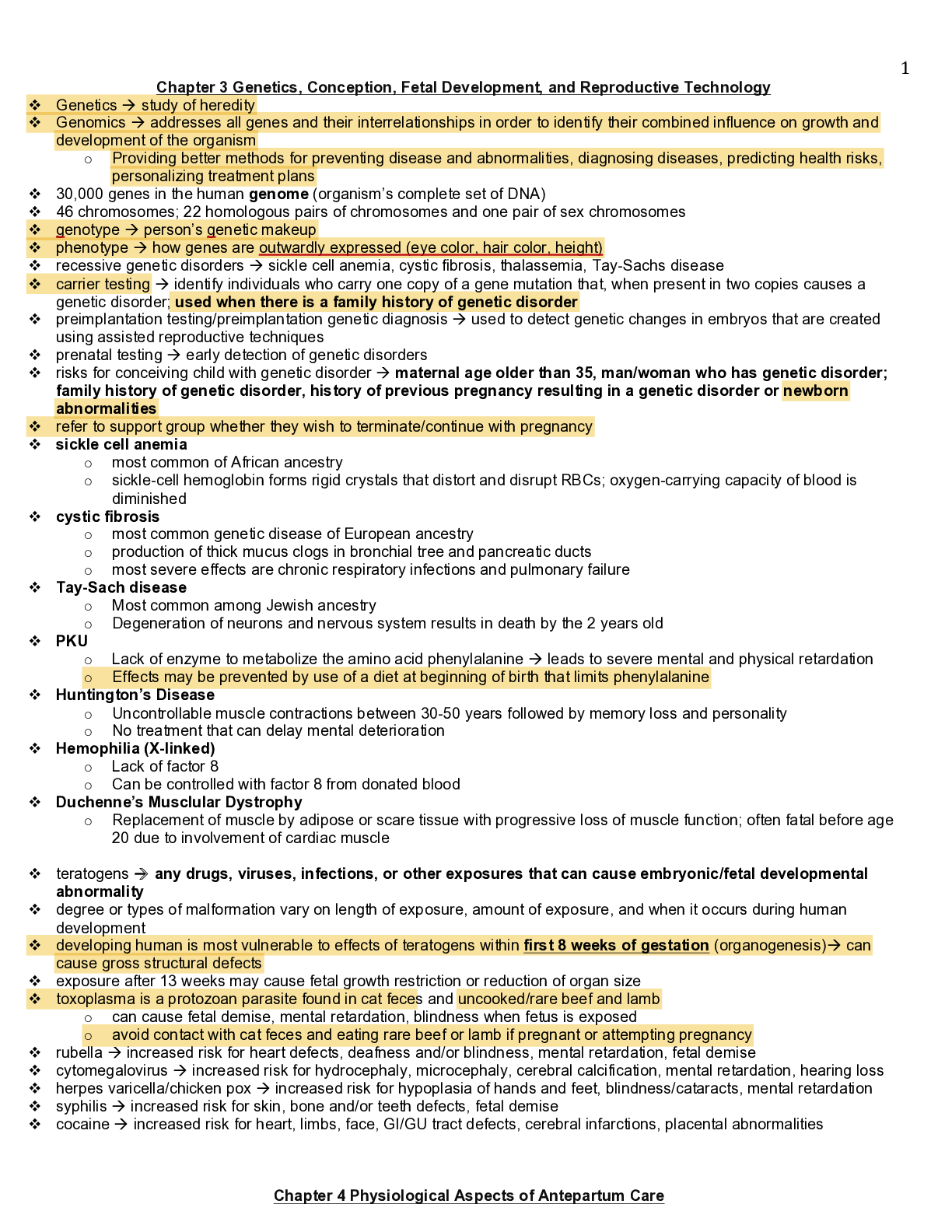

.png)
.png)
.png)
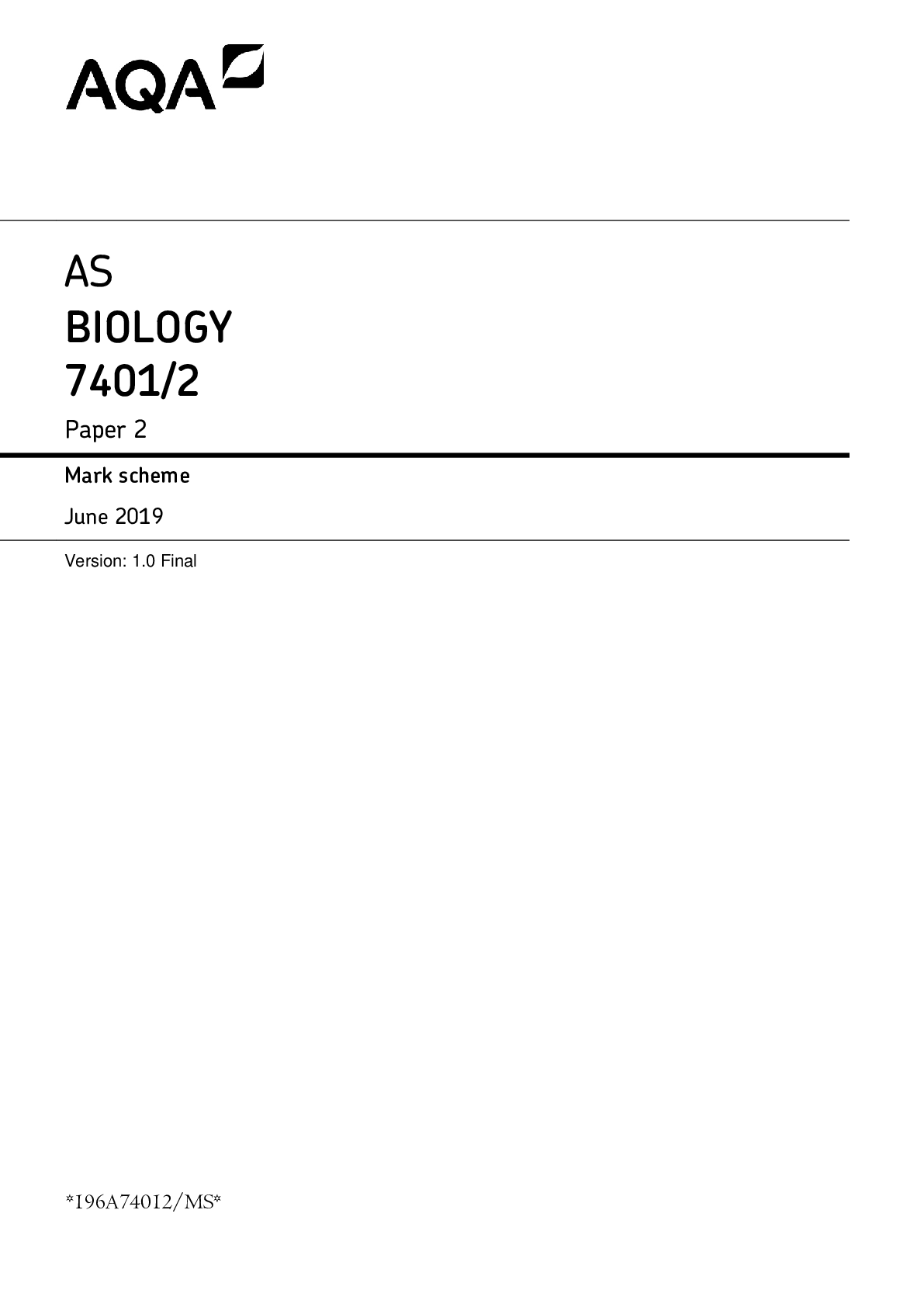
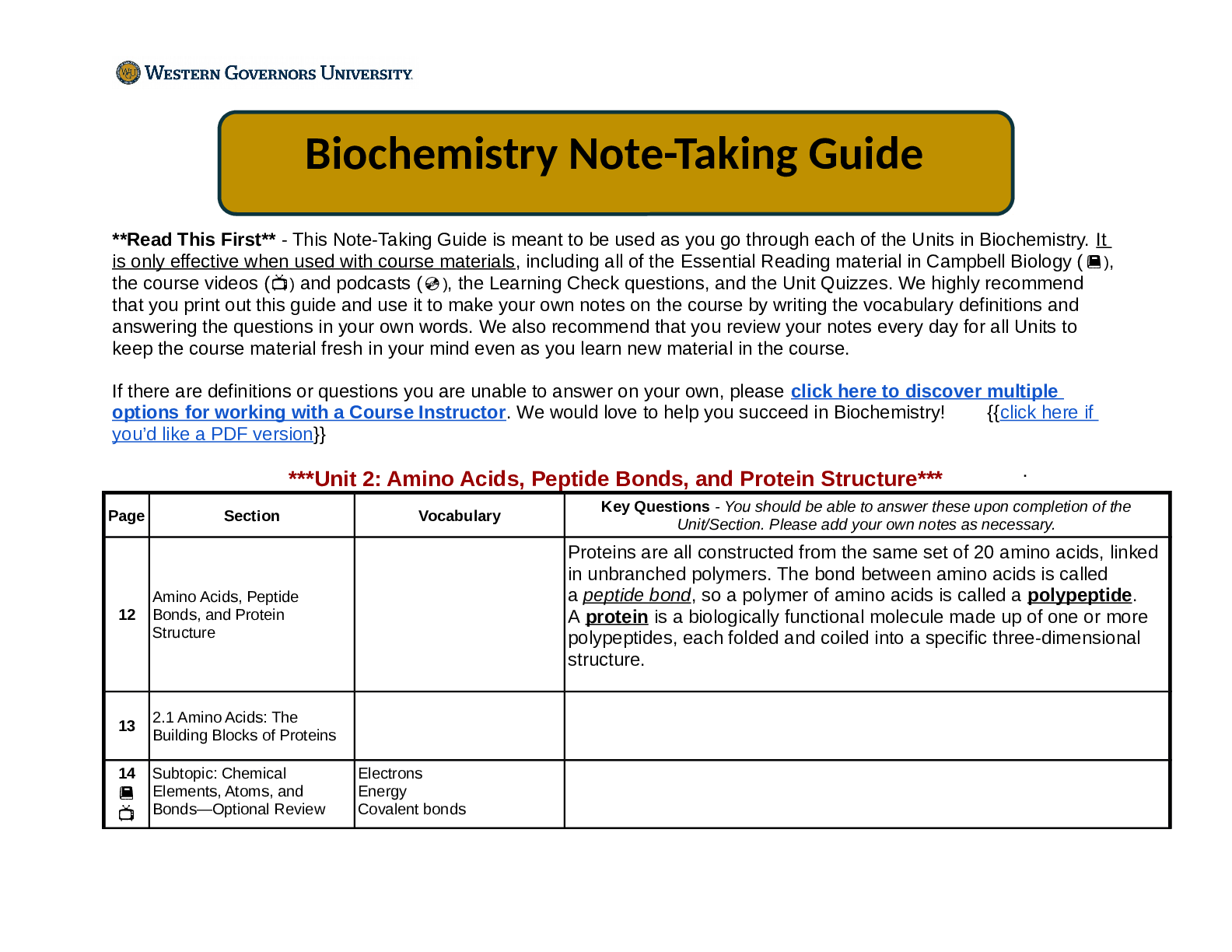

.png)
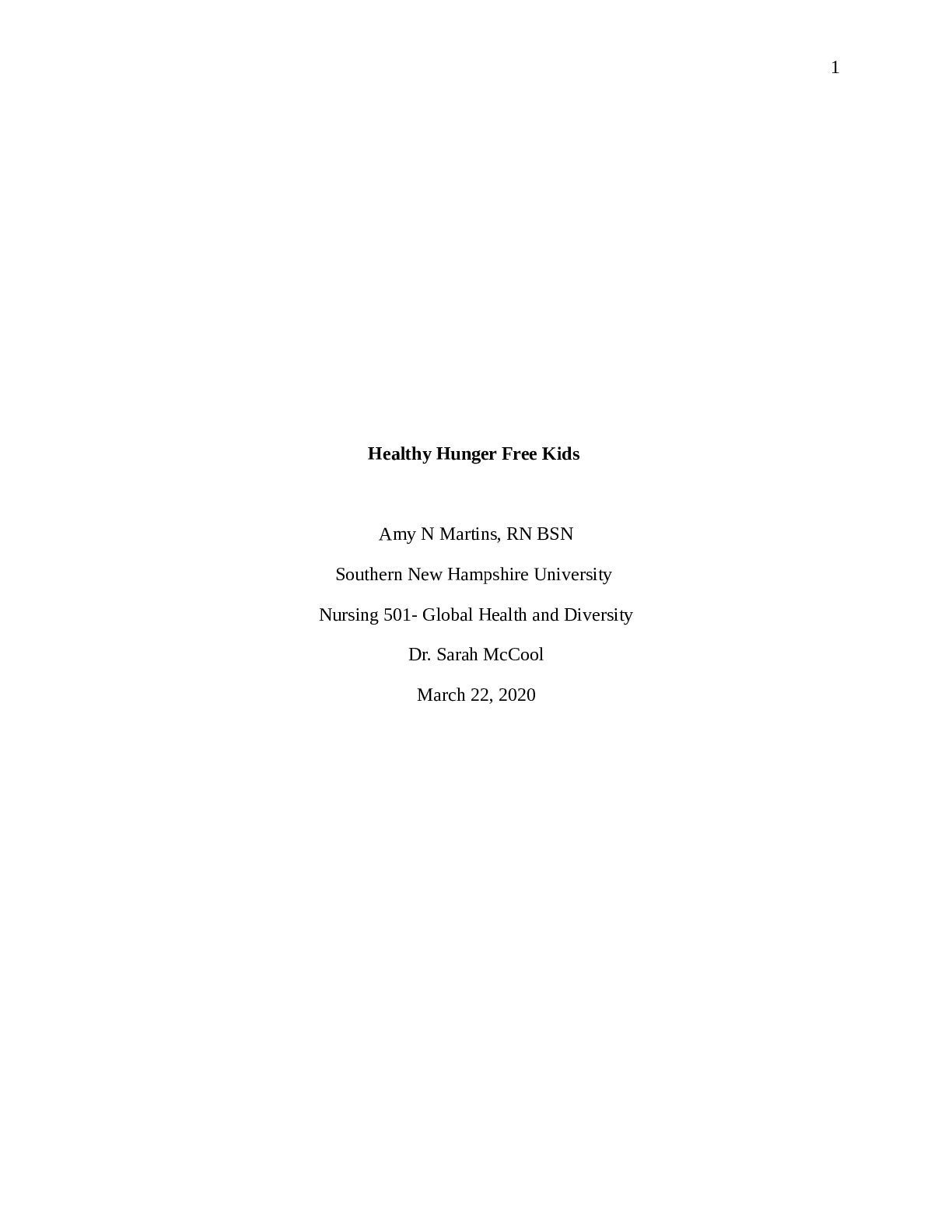
.png)
.png)
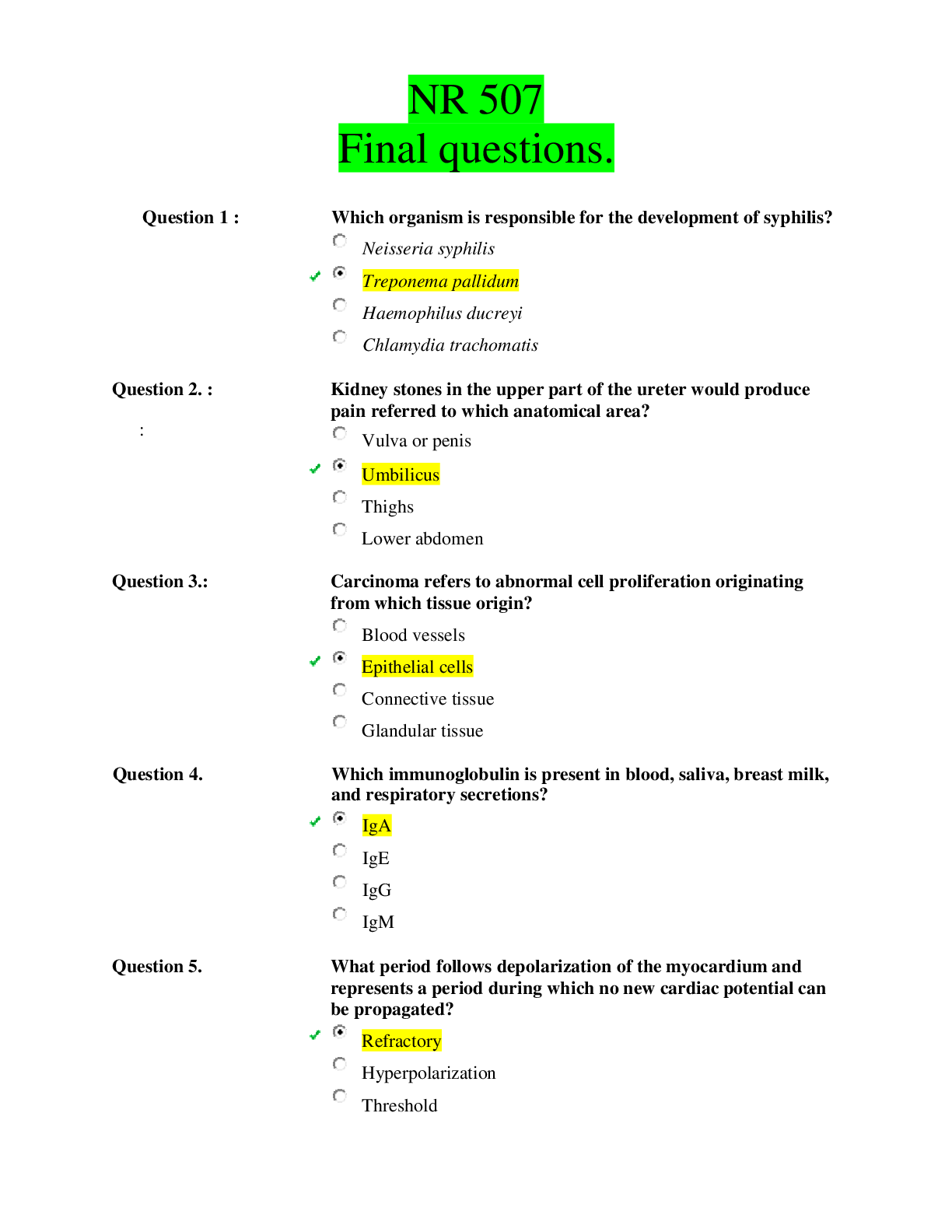
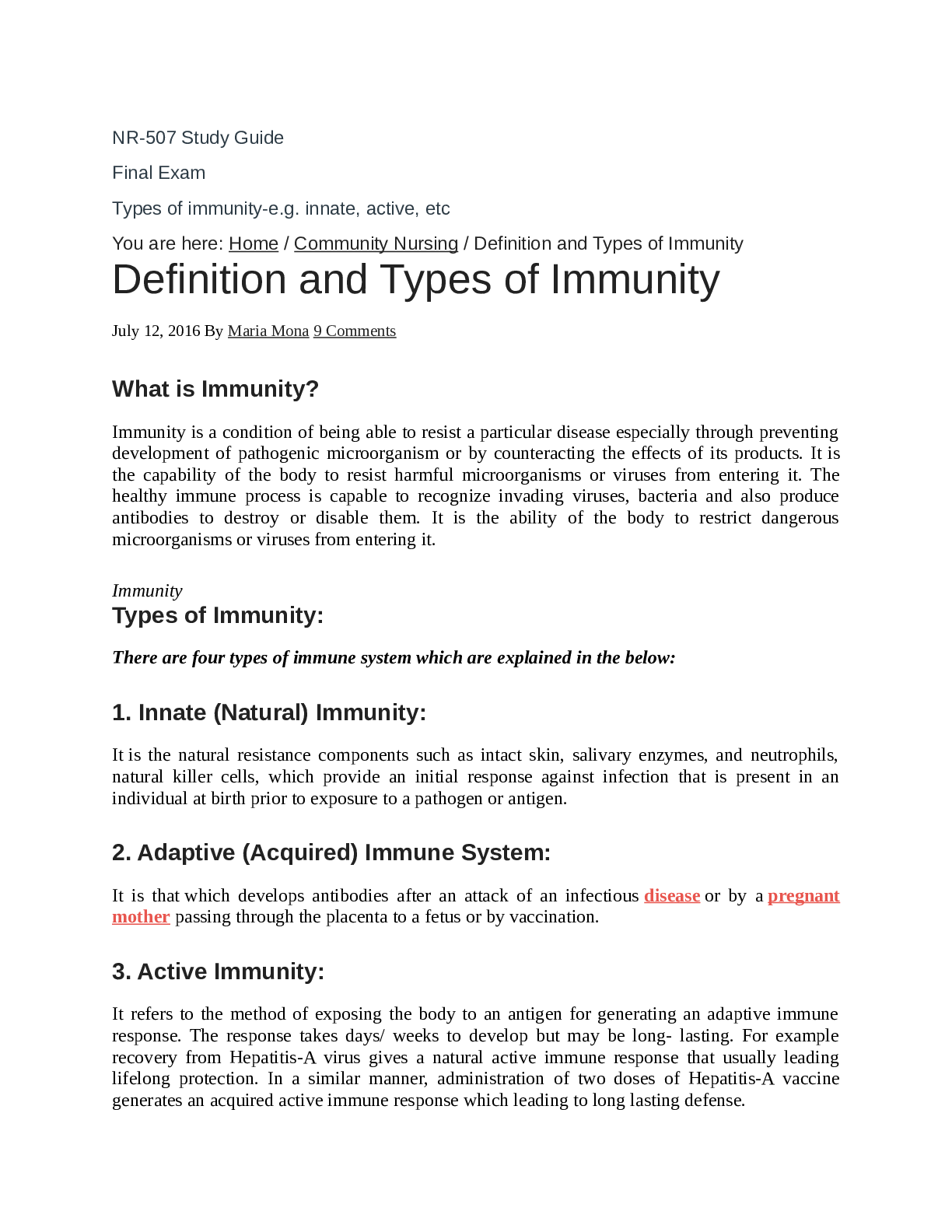


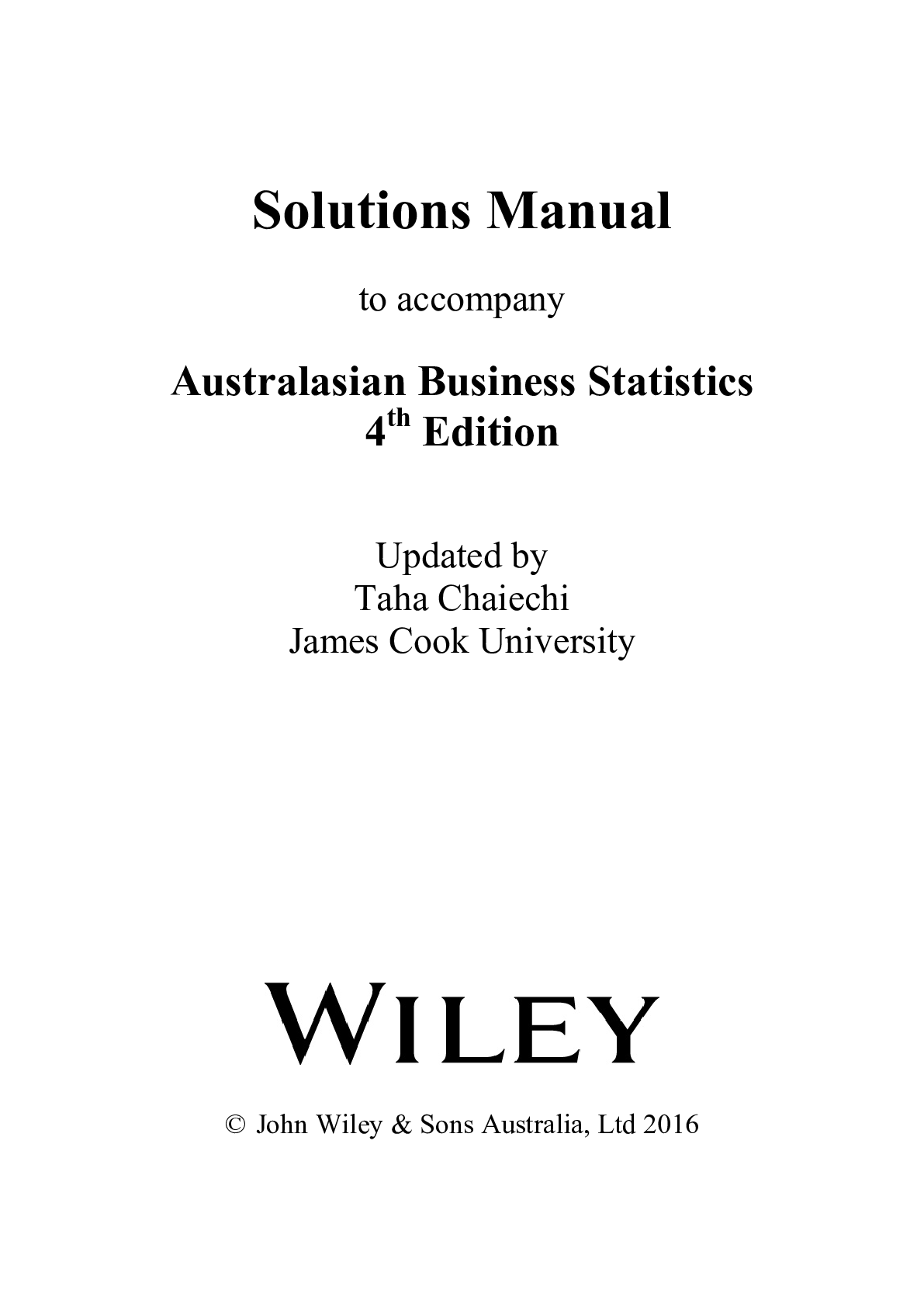

.png)
